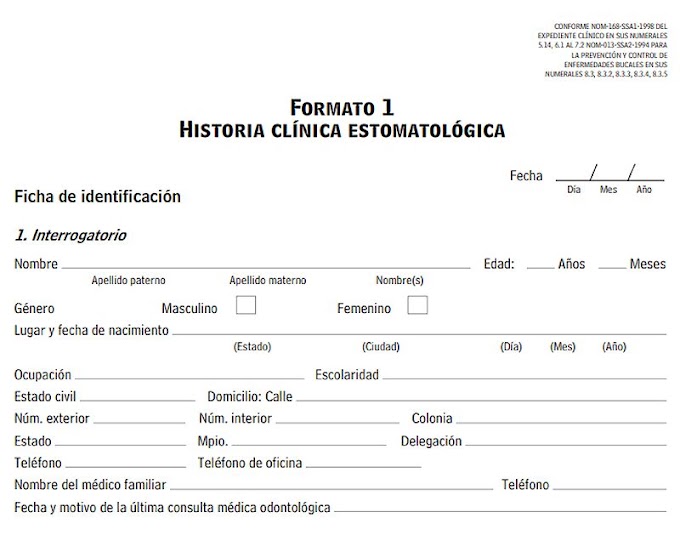The estimated frequency of AI in the population varies between 1:718 and 1:14.000 in western population.
Generally both the primary and permanent dentitions are diffusely involved. In the affected teeth, the dentin and root form are usually normal. These teeth are more resistant to decaying.
No racial predilections of the AI have been reported . Classifications of AI are primarily based on phenotype and mode of inheritance.
The most commonly used classification was proposed in 1988 by Witkop, and revised by Nusier in 2004. Based on enamel appearance and hypothesized developmental defects, AI is classified as 4 patterns: hypoplastic, hypomaturation, hypocalcified, and hypomaturation-hypoplastic.
The most commonly used classification was proposed in 1988 by Witkop, and revised by Nusier in 2004. Based on enamel appearance and hypothesized developmental defects, AI is classified as 4 patterns: hypoplastic, hypomaturation, hypocalcified, and hypomaturation-hypoplastic.
The primary clinical problems of AI are tooth sensitivity, loss of occlusal vertical dimension, dysfunction, and esthetics.
Restoration of these defects is important not only because of esthetic and functional concerns, but also because there may be a positive psychological impact for the patient.














